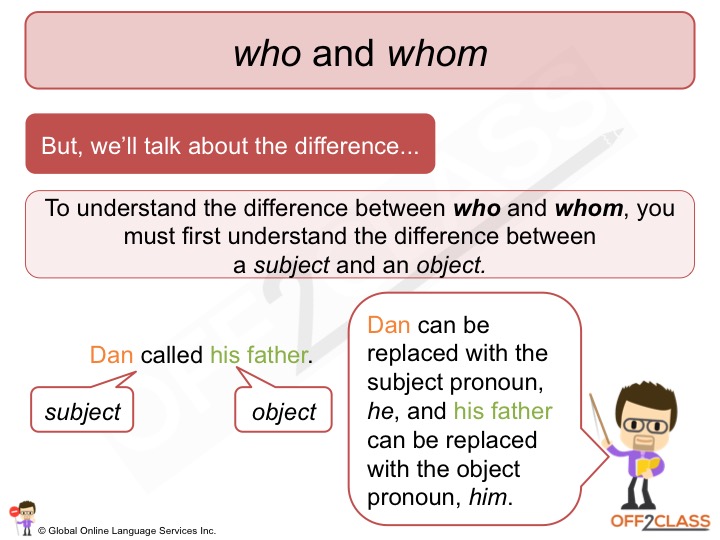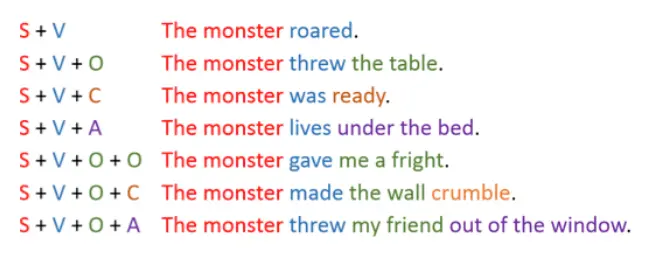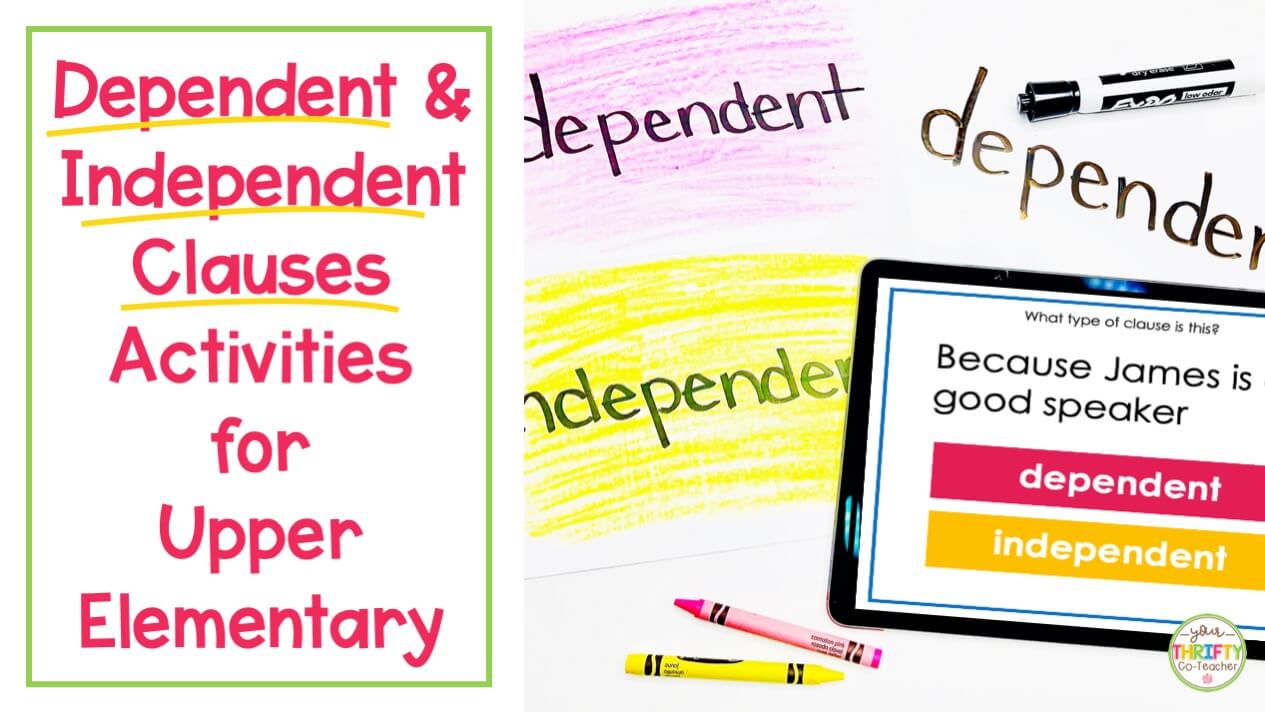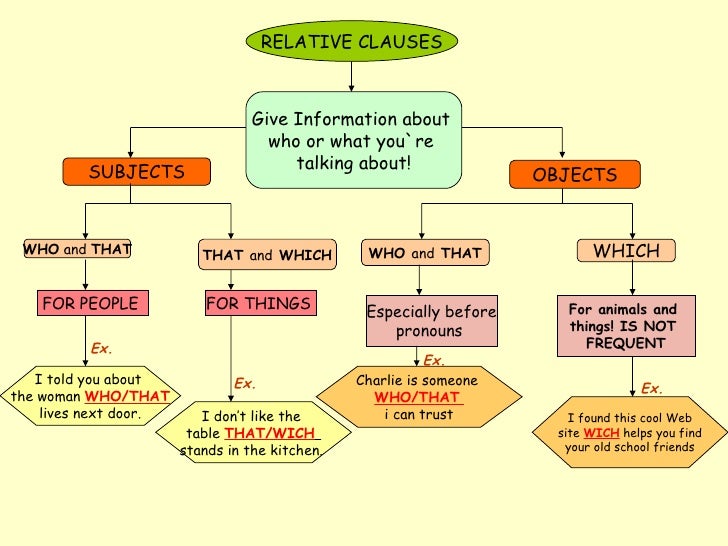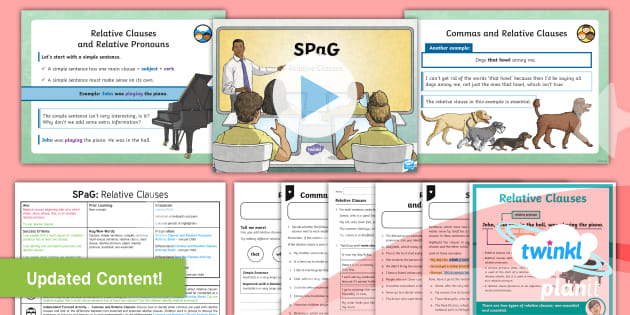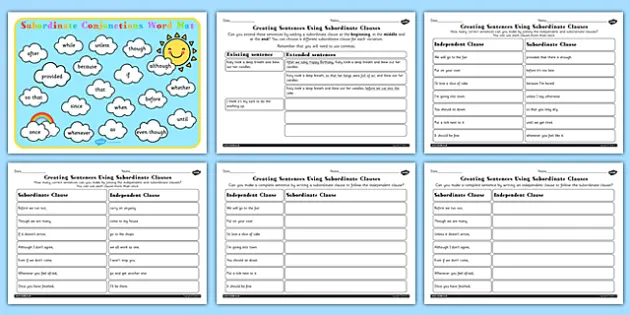Painstaking Lessons Of Tips About How To Teach Clauses

Relative clauses commas dictation students listen to the teacher read out the text that they have in front of them and add any missing commas by the logic of the text, their grammar.
How to teach clauses. Make sure students write one of each for each subject. They give more information about the noun. Basic sentences provide the building block for.
The easiest way to teach relative clauses to your esl students is to start with two simple sentences, two independent clauses, which contain the same noun. How to teach relative clauses is a critical skill for an esl teacher. Point out the two kinds of sentences (one with a full independent clause after is and the other with a simple noun after is).
For example, the boy is. Students identify the subjects, predicates, and. Defining relative clauses like “an alt is someone who helps a teacher teach foreign languages” and “i don’t know the word in english.
Had i drunk coffee last night, i wouldn't have slept well. Although most textbooks have a section on relative clauses, students often get confused specifically about when to use “which”, “that”, “who”, “whose”, “when”, “why” or “whom”, and. How to teach relative clauses why use them?
How to teach a relative clause each teacher knows that first, students must master the construction of basic sentences. You can use crosswords in your class to encapsulate the lecture of relative clauses easily. Using a present participle to replace a relative pronoun requires that the sentence have an active meaning.
Whereas if the person is the object of the sentence (her, him, it, them). If the person in the relative clause is expressed with a subject pronoun (she, he, it, they) then you use ‘who’. Following this, i introduce pupils to the following five clause elements:



